Disclosure: This article contains affiliate links. We may earn a commission from purchases at no extra cost to you, which helps our travel content.
Standing in Asmara's sun-drenched Medebar Market, with its distinctly Italian architectural backdrop and vibrant African energy, I found myself at a fascinating cultural crossroads that few Western travelers ever experience. After three visits to Eritrea's capital—a UNESCO World Heritage site that remains one of luxury travel's best-kept secrets—I've developed a profound appreciation for this city often called 'Africa's Little Rome.' The Italian colonial influence (1889-1941) has created a remarkable fusion reflected not just in Asmara's stunning Art Deco buildings but in its artisanal traditions. From handcrafted leather goods that rival Milan's offerings to intricate filigree jewelry with distinctly Eritrean motifs, Asmara offers discerning shoppers an opportunity to acquire pieces with both cultural significance and exceptional craftsmanship. This spring, I spent a week navigating the city's markets, workshops, and hidden boutiques to create this definitive guide to Asmara's most extraordinary shopping experiences.
Understanding Asmara's Unique Shopping Culture
Asmara presents a shopping experience unlike anywhere else in Africa—or perhaps the world. The Italian influence manifests in an appreciation for quality materials, meticulous craftsmanship, and aesthetic refinement, while Eritrean traditions bring distinctive patterns, cultural symbolism, and techniques passed through generations.
What struck me immediately was the pace. Unlike the frenetic energy of markets in Marrakech or Istanbul, shopping in Asmara unfolds with an unhurried elegance. Artisans take time to explain their work, often inviting you into their workshops where you might be offered a cup of bun, traditional Eritrean coffee served in a ceremonial ritual that creates natural pauses in your shopping journey.
The city's shopping districts reflect distinct historical influences. The central Harnet Avenue (formerly Liberty Avenue during Italian occupation) houses more upscale boutiques in modernist buildings, while the labyrinthine Medebar Market represents traditional craftsmanship in its purest form. Between these poles exists a fascinating spectrum of shopping experiences.
Perhaps most surprising for first-time visitors is the relative absence of aggressive haggling. While negotiation is expected, it's conducted with restraint and mutual respect. Prices start reasonably, and the goal is finding a fair value that honors the artisan's work while satisfying the buyer. This approach aligns perfectly with the sustainable luxury ethos that I've always advocated—paying appropriately for quality craftsmanship rather than seeking bargains at all costs.

💡 Pro Tips
- Learn a few basic Tigrinya phrases—even simple greetings will transform your shopping interactions
- Most artisans speak some Italian, which can be helpful if your Tigrinya is limited
- Shops typically close for several hours during midday heat—plan morning and late afternoon shopping sessions
Medebar Market: The Metalworkers' Quarter
My fascination with Medebar Market began three years ago during my first visit to Asmara and deepens with each return. This sprawling open-air workshop and marketplace represents the beating heart of Eritrean craftsmanship, particularly metalwork. Here, artisans transform recycled materials—from old oil drums to decommissioned military equipment—into everything from practical household items to sophisticated decorative pieces.
On my recent spring visit, I spent two full mornings with Dawit, a third-generation metalworker whose specialty is creating intricate coffee sets that blend Italian design sensibilities with traditional Eritrean motifs. His workshop, a modest corrugated metal structure tucked behind rows of similar establishments, belies the sophistication of his creations. Using tools inherited from his grandfather (who learned the trade during Italian occupation), Dawit crafts coffee pots (jebena) that would not look out of place in a Milan design studio.
"The Italian influence taught us precision," Dawit explained while demonstrating his technique, "but the soul of the designs remains Eritrean."
Beyond coffee sets, Medebar offers extraordinary finds for the discerning shopper. I was particularly drawn to the filigree silver jewelry, a craft with centuries of history in the region. These delicate pieces—often incorporating coins or geometric patterns—make exceptional gifts that capture Eritrea's unique cultural heritage. For documenting these treasures, my travel camera proved invaluable, capturing the intricate details of metalwork in challenging lighting conditions.
The most coveted items in Medebar, however, are the hand-forged copper and brass home accessories. Unlike mass-produced alternatives found elsewhere, these pieces carry subtle variations that testify to their handcrafted nature. I purchased a set of brass candlesticks with a patina that suggests decades of history, despite being recently made.

💡 Pro Tips
- Visit early morning (7-9am) when artisans are beginning their work and the light is ideal for photography
- Bring small denomination US dollars or Euros alongside Eritrean Nakfa for purchases
- Commission pieces in advance if possible—custom work allows for personalization and supports artisans directly
Leather Artisans of Godaif District
While Medebar Market captures most tourist attention, the true connoisseur of leather goods should venture to Asmara's southern Godaif district. Here, in modest workshops often attached to family homes, I discovered leather craftsmanship that rivals products from renowned European fashion houses—at a fraction of the price.
The Italian colonial period established a strong leather-working tradition in Eritrea, with techniques and standards imported directly from Italy's prestigious leather centers. Today, these methods blend with traditional Eritrean approaches to create distinctive pieces that honor both influences.
My most significant find came through a connection made at my hotel. After mentioning my interest in quality leather goods to the concierge at Albergo Italia (the historic hotel where I always stay in Asmara), I received an introduction to Feven, a third-generation leather artisan whose grandfather trained in Florence before establishing their family workshop in the 1930s.
Feven's atelier, unmarked and accessible only through a residential courtyard, revealed treasures that would command premium prices in Paris or Milan. Her signature pieces—document portfolios and travel accessories—feature butter-soft leather in rich cognac and deep olive tones, with subtle embossed patterns inspired by traditional Eritrean textiles.
"Each hide is vegetable-tanned using methods unchanged for centuries," Feven explained while showing me her workshop. "We source primarily from local livestock, supporting Eritrean herders while maintaining control over quality."
For travelers seeking truly exceptional souvenirs, I recommend commissioning a custom piece. During my visit, I ordered a leather travel journal with my initials subtly embossed on the spine—though Feven's craftsmanship far exceeds even premium commercial versions. Allow at least three days for completion of custom work, and expect to pay approximately 30-40% of what comparable quality would cost in Western markets.

💡 Pro Tips
- Bring photos of leather items you admire—artisans can often recreate and customize designs
- Leather goods represent exceptional value but require proper care—invest in quality leather conditioner before returning home
- Request business cards from artisans for future commissions—many will ship internationally
Textile Treasures: From Italian Modernism to Eritrean Heritage
Asmara's textile traditions represent perhaps the most fascinating intersection of Italian and Eritrean influences. The city's history as a manufacturing center during Italian occupation established infrastructure for textile production that continues today, albeit on a smaller scale.
My exploration began at the former Barattolo textile factory—once Italy's largest industrial complex in East Africa, now partially repurposed as a mixed-use space where several small-scale textile producers operate. Here, I discovered Elsa, whose studio specializes in textiles that blend Italian modernist patterns with traditional Eritrean weaving techniques.
"The Italian period brought new geometric designs that we incorporated into our traditional patterns," Elsa explained while showing me through her collection. "What you see now is neither purely Italian nor purely Eritrean, but something uniquely Asmarino."
Her most compelling pieces are hand-woven cotton throws and table linens featuring subtle patterns that would complement contemporary interiors while carrying profound cultural significance. I purchased several table runners that now serve as conversation pieces in my Lyon apartment, telling a story of cultural fusion that few guests can identify but all appreciate.
For those seeking more traditional Eritrean textiles, the shops surrounding St. Mary's Cathedral offer exceptional finds. Here, I discovered netela (traditional white cotton shawls with colorful borders) of extraordinary quality. The finest examples feature hand-embroidered details that can require weeks of work to complete.
During my visit, I was fortunate to meet with a collective of women weavers who maintain traditional techniques while incorporating contemporary elements. Their workshop, located in a former Italian administrative building, produces textiles that honor heritage while remaining relevant for modern use. I was particularly drawn to their lightweight cotton-silk blend scarves—perfect for European spring weather and subtle enough to integrate into professional wardrobes.
To properly store these textile treasures during travel, I recommend using a packing organizer which protects delicate fabrics while maximizing suitcase space.
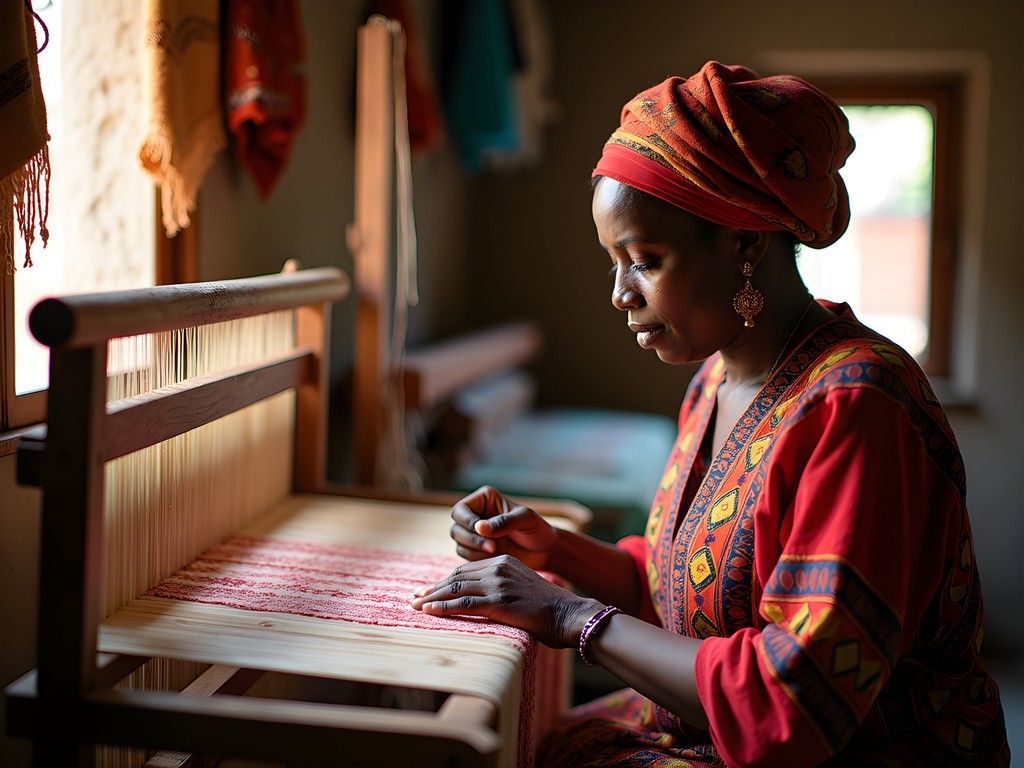
💡 Pro Tips
- Request documentation of traditional patterns and their meanings—many textiles tell cultural stories through their designs
- Textiles make ideal souvenirs as they pack flat and typically don't trigger customs concerns
- Consider commissioning custom dimensions for table linens to ensure they fit your home perfectly
Contemporary Eritrean Design: The New Wave
While traditional craftsmanship forms the backbone of Asmara's shopping experience, my most recent visit revealed an emerging scene of contemporary designers who reinterpret heritage techniques for modern sensibilities. This movement, largely centered around graduates from the Asmara School of Fine Arts, represents the future of Eritrean design and offers sophisticated shoppers access to pieces that won't be found elsewhere.
My introduction to this world came through Biniam, a young designer whose studio near Cinema Impero showcases his distinctive jewelry combining traditional filigree techniques with minimalist contemporary forms. His signature pieces—sterling silver pendants featuring abstracted motifs from Eritrean cultural symbols—have gained recognition in European design publications yet remain relatively unknown to international visitors.
"We're creating a new Eritrean design language," Biniam told me during my studio visit. "One that honors our complex heritage while speaking to contemporary aesthetics."
Beyond jewelry, this new wave of Eritrean design encompasses home accessories, limited edition prints, and even fashion. At Geza Gallery, a cooperative space established by five young designers, I discovered remarkable ceramics that reference Italian rationalist architecture (abundant in Asmara) while incorporating traditional Eritrean patterns in their glazing techniques.
Perhaps most exciting for the design-conscious traveler are the limited-edition art books and prints documenting Asmara's architectural heritage. These beautifully produced volumes—often hand-bound in locally produced leather—represent both meaningful souvenirs and important cultural documentation. I purchased a striking portfolio of photographs capturing Asmara's futurist gas station and other modernist landmarks, printed using traditional techniques on handmade paper.
For properly displaying these art pieces upon returning home, I've found that a floating frame provides an elegant presentation that honors the artistic integrity of these works while protecting them for years to come.
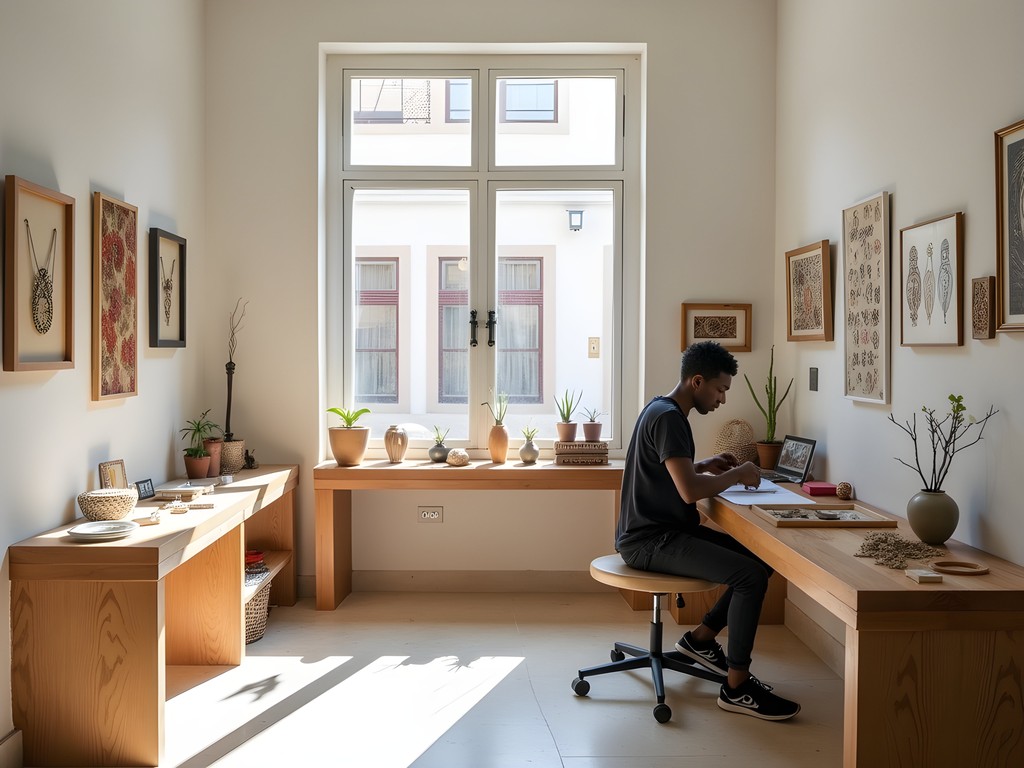
💡 Pro Tips
- Follow @AsmarinoDesign on Instagram to identify emerging designers before your visit
- Request certificates of authenticity for contemporary art pieces to document their provenance
- Consider shipping larger items directly from Asmara—many studios offer reliable international shipping at reasonable rates
Navigating Customs and Export Considerations
The final consideration for the discerning shopper in Asmara involves understanding the regulations governing the export of your carefully selected treasures. Eritrea maintains strict but navigable rules regarding cultural artifacts, particularly those with historical significance.
During my first visit, I made the mistake of purchasing an antique silver Orthodox cross without proper documentation, resulting in a tense discussion with customs officials upon departure. I've since learned that items over 100 years old require export permits from the National Museum of Eritrea—a process that's straightforward but requires advance planning.
For contemporary crafts and design pieces, export restrictions are minimal, though proper receipts should be retained. I recommend photographing receipts and storing digital copies as backup, as paper receipts can be easily misplaced during travel.
Certain materials may trigger additional scrutiny. Items containing ivory or other protected materials are strictly prohibited for export, and leather goods may be subject to agricultural inspection when entering your home country. When purchasing leather items, request certification that they're produced from domestically raised livestock rather than wild animals.
The most practical approach is addressing potential export concerns at the time of purchase. Reputable vendors understand these requirements and can provide appropriate documentation. The small shops along Harnet Avenue are particularly experienced with international visitors and often prepare export documentation proactively.
For valuable purchases, I recommend carrying items in your cabin luggage rather than checking them. My carry-on backpack has specialized compartments that have safely transported everything from delicate filigree jewelry to small metalwork pieces across multiple continents without damage.
Finally, declare all significant purchases upon return to your home country. While this may occasionally result in duty assessments, it prevents potential confiscation and provides legal protection for your Eritrean treasures.
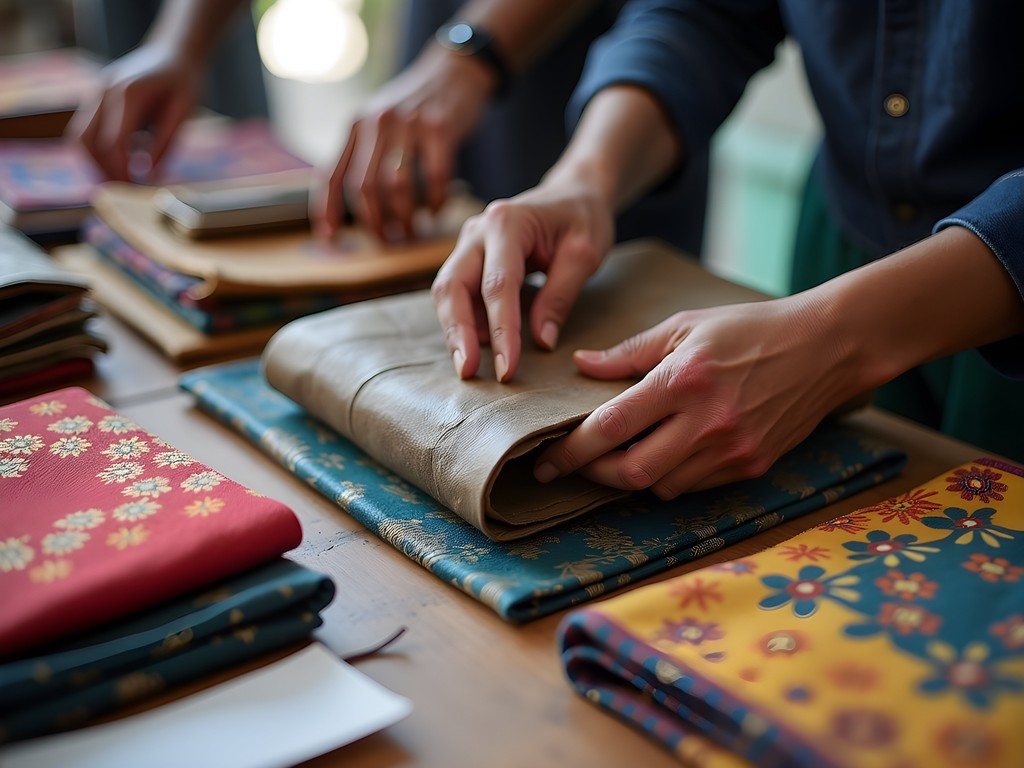
💡 Pro Tips
- Request export certificates for any item that appears antique or contains potentially regulated materials
- Keep all receipts organized in a dedicated travel document holder
- Photograph all significant purchases with their receipts for insurance and customs documentation
Final Thoughts
As my week in Asmara drew to a close, I found myself at Café Roma—an Art Deco gem on Harnet Avenue—reflecting on the extraordinary shopping experiences this unique city offers. What distinguishes Asmara from other shopping destinations is not merely the quality of its craftsmanship or the value of its goods, but the profound cultural narrative embedded in each piece. Every item I've acquired here tells a story of resilience, cultural fusion, and artistic continuity that transcends its material value. For couples seeking meaningful travel experiences beyond mainstream luxury destinations, Asmara offers an opportunity to build a collection of treasures that carry genuine cultural significance while supporting artisans who maintain traditions at risk of disappearing elsewhere. As you plan your journey to this remarkable UNESCO World Heritage city, prepare to shop not just with your wallet, but with your heart and mind engaged in one of Africa's most fascinating cultural crossroads.
✨ Key Takeaways
- Asmara offers exceptional value for handcrafted goods that blend Italian and Eritrean influences
- Building relationships with artisans enhances both your shopping experience and the quality of items you'll discover
- Plan additional luggage space—the quality and value of Eritrean crafts makes overpurchasing a delightful hazard
📋 Practical Information
Best Time to Visit
March-May (spring) when temperatures are moderate and markets are fully stocked
Budget Estimate
$100-250 per day for accommodations, meals and shopping
Recommended Duration
5-7 days to fully explore markets and commission custom pieces
Difficulty Level
Advanced
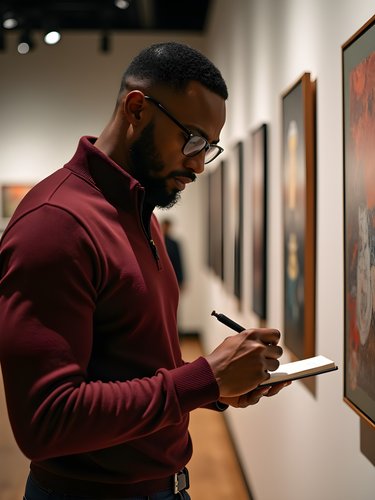
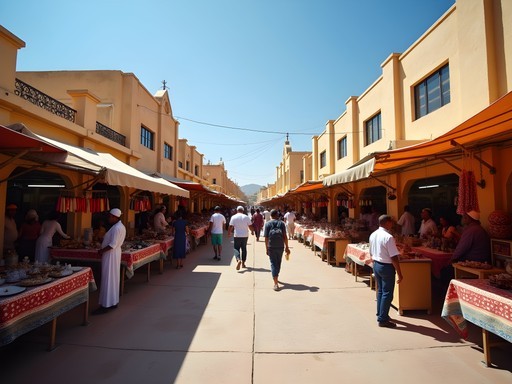
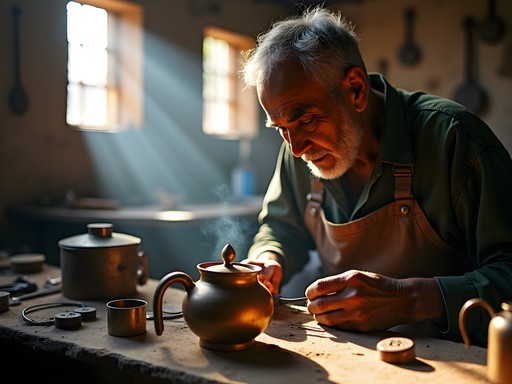
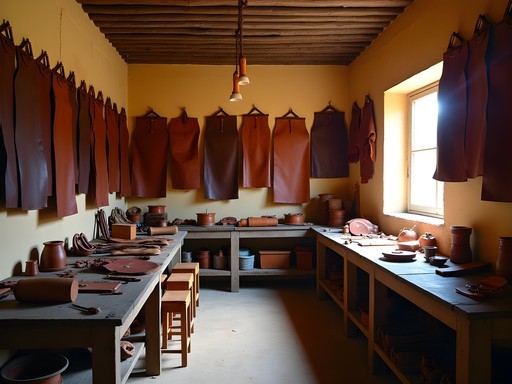
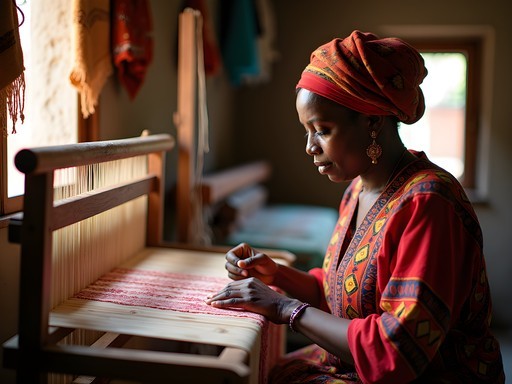

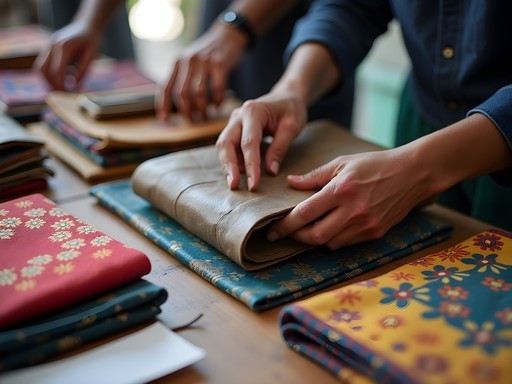


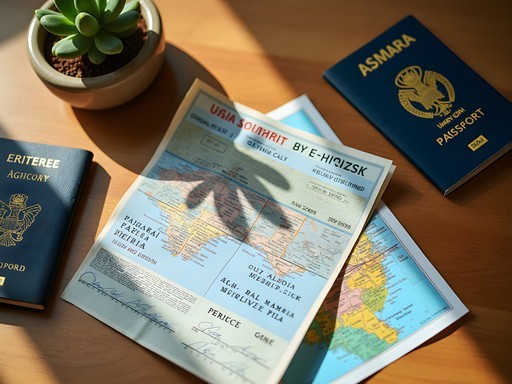



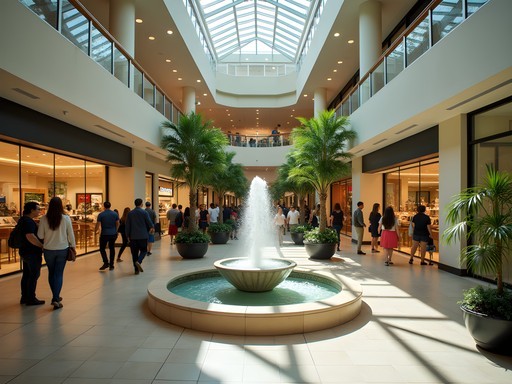



Comments
photomate
Those textiles are GORGEOUS! Love the blend of Italian design sensibilities with traditional Eritrean patterns. Your photos really capture the vibrant atmosphere!
Taylor Moreau
Mason, your timing is impeccable. I'm heading to Asmara next month for a business conference and was wondering how to spend my free day. The Medebar Market sounds fascinating - I'm particularly interested in those repurposed metal art pieces you mentioned. As someone who travels to Africa regularly for work, I find Asmara's unique Italian-African fusion intriguing. The architectural preservation is remarkable compared to many other colonial-era African cities. Would you recommend hiring a local guide for the markets or is it straightforward enough to navigate independently?
Mason Richardson
For Medebar, you can easily explore independently - it's compact and the artisans are welcoming. But if you're short on time, a local guide can help you find specific craftspeople and assist with negotiations. The Tourism Office near Cinema Roma can arrange reliable guides.
wanderlustblogger
This post is EVERYTHING! I've been fascinated by Eritrea's Italian colonial influence for years but never found good info on the shopping scene. Just booked my tickets for December and I'm bringing an empty suitcase just for treasures from Medebar Market! Planning to pick up some textile pieces and hopefully one of those recycled metal sculptures. I'm also bringing my travel journal to sketch some of the Art Deco buildings you mentioned. Mason, did you find any specific area best for unique jewelry pieces?
Mason Richardson
You're going to have an amazing time! For jewelry, check out the small cluster of shops near the Catholic Cathedral - there's a family that's been making filigree silver pieces for generations. Ask for Abraham's workshop specifically!
wanderlustblogger
Thank you so much! Adding Abraham's workshop to my must-visit list!
springqueen
Beautiful photos! Is it easy to bring these crafts back through customs?
redpro
Never had issues with the smaller items. Just keep receipts for anything expensive!
redpro
Those leather goods look incredible. Got a wallet from Godaif district three years ago and it's still perfect!
coolace
Heading to Asmara in October - how much haggling is expected in these markets? Don't want to offend anyone!
sunnyseeker
Not the author but went last year - gentle haggling is fine for larger purchases but many artisans have fixed prices for smaller items. Just be respectful and you'll be fine!
wanderfan
Great post! How difficult was it to communicate with the local vendors? Did you need to know Italian or is English widely spoken?
Mason Richardson
Thanks for asking! In the markets, I found that many vendors spoke basic English, especially the younger generation. Italian is still understood by older Eritreans, and I got by with a mix of English, simple Italian phrases, and a lot of hand gestures! I used my pocket translator for more complex conversations which was incredibly helpful.
Hannah Woods
Mason, this is such a thoughtful exploration of Asmara's markets! I backpacked through Eritrea last year and was equally mesmerized by this cultural intersection. The metalworkers at Medebar are true artists - I watched a man transform an old oil drum into an intricate coffee pot in under an hour. One tip for fellow travelers: bring small USD bills for better bargaining, though many artisans now accept mobile payments too. The textile merchants in the southern district were particularly memorable - those geometric patterns are distinctly Eritrean despite the Italian architectural surroundings.
wanderfan
Hannah, how did you find the safety situation as a solo traveler there? I'm planning a trip but keep getting mixed messages about Eritrea.
Hannah Woods
I felt very safe in Asmara itself - it's actually one of the safest capitals I've visited in Africa. People were incredibly hospitable. Just make sure you have all your permits in order before traveling outside the capital, and be respectful of photography restrictions near government buildings.
moonfan
Wow, I had no idea Eritrea had such strong Italian influences! Those Art Deco buildings look straight out of a 1930s film set. Adding Asmara to my bucket list right now!
sunnyseeker
Those textiles look amazing! Did you have any issues bringing crafts back through customs?
Mason Richardson
Great question! I had no issues with the textiles or smaller metalwork. Just keep receipts handy and be aware of import restrictions for your home country. The only thing to watch for is antiques - anything that looks over 100 years old might require special permits.
Venture X
Premium card with 2X miles, $300 travel credit, Priority Pass